Equity optimism rising despite economic ambivalence
Goldman Sachs has upped its price targets for the Stoxx 600 to 550, 560, and 570 over 3, 6, and 12 months, translating to price returns of 1% and 5% over 3 and 12 months. That may sound cautious, but the context is key: this is a region investors love to ignore. Stronger-than-expected Q1 earnings, better economic forecasts, and softer US trade rhetoric are starting to shift sentiment. Barclays, too, has revised its base case to 540, upgrading European luxury stocks to overweight on the back of a stabilising dollar and a wealth rebound in the US.
Both banks now expect fewer ECB rate cuts and see fiscal policy turning into a tailwind, particularly for defence and infrastructure plays. Notably, Goldman sees room for European equities to overshoot as hedge fund positioning still lags behind the growing optimism. At a forward P/E of 14.2x, Europe trades at a steep 32% discount to the US—despite 55% of STOXX 600 revenues coming from outside the continent.
Barclays‘ shift in trade assumptions tells a story of easing tensions: their updated scenario now bakes in 10% universal tariffs and 30% on China, instead of the previously feared 10%/60% split. That recalibration alone helps reduce the tail risk hanging over European exporters.
Economic green shoots—but capital remains unconvinced
The Eurozone economy expanded by 0.3% in Q1, just below the earlier 0.4% estimate but still a step up from the prior quarter. That resilience stands out especially when compared to the US, where GDP shrank 0.3% under the weight of pre-tariff import surges. More encouraging still, Eurozone employment saw its best quarterly increase in a year—up 0.3%—while industrial production in March jumped 2.6%, well ahead of the 1.8% forecast. Capital goods output rose 3.2%, pointing to a revival in investment appetite.
Yet even as the data starts to turn, foreign investors aren’t buying it. According to EY’s latest annual survey, foreign direct investment into Europe sank to a nine-year low in 2024, with new project counts falling for a second consecutive year. France led with 1,025 FDI projects, followed by the UK (853) and Germany (608), but all three posted double-digit declines versus 2023. London, still Europe’s top region for FDI, saw a sharp 31% year-on-year drop.
Behind the retreat lies a cocktail of weak growth, high energy costs, and geopolitical unease. More tellingly, nearly 40% of surveyed business leaders admitted to scaling back or shelving European plans due to political risk—particularly the prospect of another Trump presidency. Asia, by contrast, is attracting capital with its faster growth and higher return expectations.
Still a contrarian’s playground
For all the headwinds, Europe’s equity market may have one overlooked advantage: low expectations. The gap between sentiment and fundamentals is narrowing—but it hasn’t closed. As investment flows favour other regions, Europe’s valuations remain undemanding, and that, paradoxically, is what keeps the upside alive. For investors willing to stomach the contradictions, the continent offers something rare: a market climbing not because everyone believes, but because few do.
